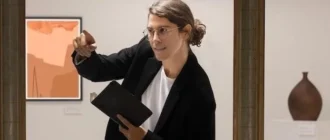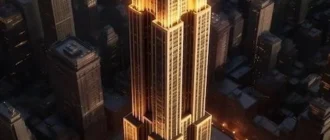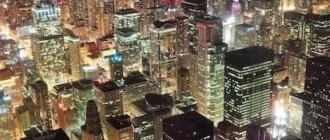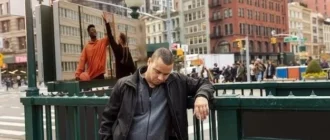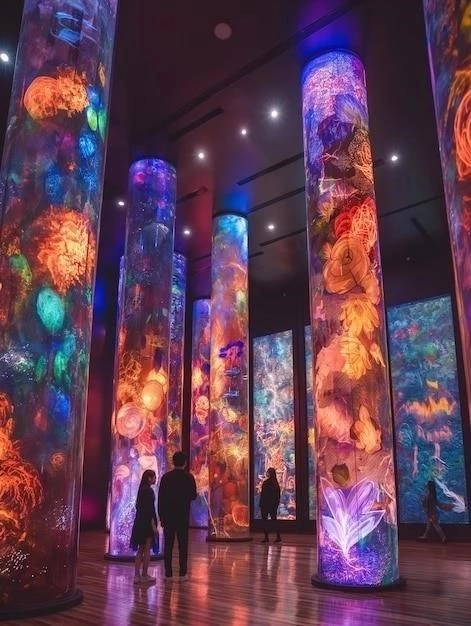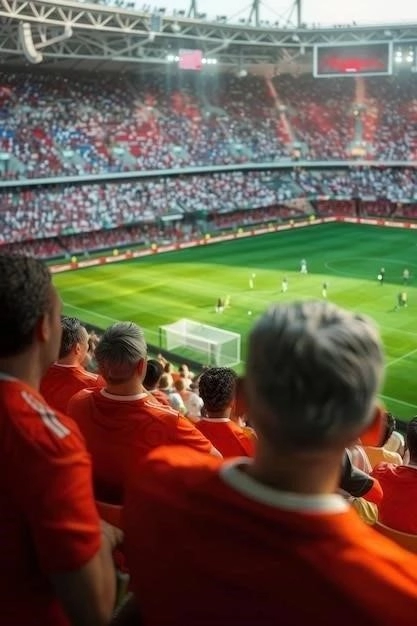A Historical Perspective
In the 1920s, Red Hook flourished as a bustling freight port, one of the busiest worldwide. This era saw Red Hook at its economic and industrial peak, attracting workers and families seeking opportunity.
The Rise and Fall of Industry
Red Hook’s industrial prominence reached its zenith in the early 20th century, solidifying its status as a central hub for maritime commerce. The neighborhood bustled with activity, its waterfront dominated by towering cranes loading and unloading cargo from around the globe. Shipyards, warehouses, and factories lined the streets, providing livelihoods for a diverse working-class population. The Red Hook Houses, a public housing project built in 1939, accommodated the influx of laborers drawn to the area’s employment opportunities.
However, the latter half of the century witnessed a steady decline in Red Hook’s industrial fortunes. The shift towards containerized shipping rendered the neighborhood’s traditional piers and warehouses obsolete. Manufacturing jobs dwindled as companies sought more efficient production methods elsewhere. The once-vibrant waterfront fell into disrepair, characterized by vacant lots, abandoned buildings, and a pervasive sense of economic stagnation. The decline of industry led to increased poverty, crime, and a shrinking population as residents sought opportunities in more prosperous areas. This period marked a stark contrast to Red Hook’s vibrant past, leaving behind a legacy of industrial decline and social challenges.
The Era of Gentrification
The dawn of the 21st century marked a turning point for Red Hook, ushering in an era of significant transformation characterized by gentrification. Attracted by the neighborhood’s industrial aesthetics, proximity to Manhattan, and relatively affordable real estate, artists, entrepreneurs, and young professionals began to establish a presence. The arrival of big-box stores like IKEA and Fairway Market in the early 2000s further increased Red Hook’s visibility, drawing a new demographic to the area.
This influx of new residents and businesses brought about a wave of investment and redevelopment, transforming the neighborhood’s landscape and social fabric. Vacant warehouses and industrial spaces were repurposed into loft apartments, art galleries, and trendy restaurants. This revitalization, while positive in many aspects, also led to rising property values and rents, placing pressure on longtime residents and businesses. The once predominantly working-class community experienced a demographic shift, raising concerns about displacement and affordability. The era of gentrification in Red Hook presented a complex and evolving narrative, marked by both revitalization and the challenges of preserving the neighborhood’s unique character and affordability.
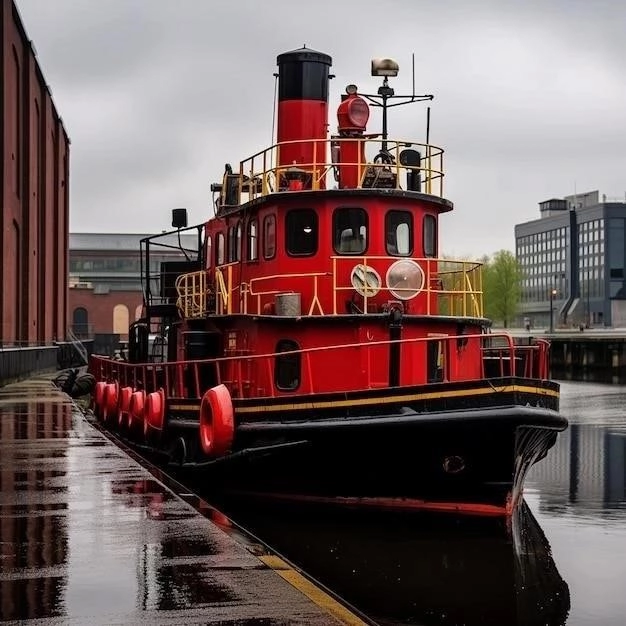
Early Signs and Catalysts
The seeds of gentrification in Red Hook were sown in the late 20th century, marked by subtle yet significant shifts in the neighborhood’s landscape and demographics. Artists and creatives, priced out of Manhattan and seeking expansive studio spaces, recognized the potential of Red Hook’s cavernous warehouses and industrial buildings. This burgeoning artistic community, drawn to the neighborhood’s raw, industrial aesthetic and relative affordability, established galleries, studios, and performance spaces, gradually injecting a sense of bohemian vibrancy into the area.
The establishment of these artistic enclaves served as a catalyst, attracting the attention of developers and entrepreneurs who recognized the potential for transforming Red Hook into a desirable waterfront destination. The neighborhood’s proximity to Manhattan, coupled with its unique maritime character and relatively low rents, presented an alluring opportunity for investment and redevelopment. The conversion of former industrial spaces into residential lofts, coupled with the opening of trendy restaurants and boutiques catering to a more affluent clientele, signaled a shift in Red Hook’s trajectory, setting the stage for more pronounced gentrification in the years to come.

Impact on Housing and Demographics
The influx of new residents and businesses during Red Hook’s gentrification brought about a profound transformation in the neighborhood’s housing market and demographic composition. As demand for housing surged, property values and rents experienced a steep incline, making it increasingly challenging for longtime residents, many of whom were lower-income families and individuals, to remain in the neighborhood. The conversion of industrial spaces into luxury lofts and the construction of new high-end condominiums further exacerbated this affordability crisis.
The demographic shift accompanying these housing market changes was equally pronounced. Once predominantly a working-class community composed largely of African American and Hispanic residents, Red Hook witnessed a significant increase in the white population, particularly young professionals and families with higher incomes. This demographic transition, while contributing to the neighborhood’s economic revitalization, also raised concerns about displacement and the erosion of the existing social fabric. The impact of gentrification on Red Hook’s housing and demographics underscores the complex interplay between urban renewal, affordability, and the preservation of community identity.
Community Response and Resilience
The rapid pace of gentrification in Red Hook elicited a multifaceted response from the existing community, marked by a blend of resilience, activism, and efforts to navigate the challenges and opportunities presented by the neighborhood’s transformation. Longtime residents, acutely aware of the displacement experienced in other gentrifying neighborhoods, mobilized to preserve the affordability and character of their community. Community organizations played a pivotal role in advocating for tenant rights, promoting affordable housing initiatives, and fostering dialogue between longtime residents and newcomers.
This spirit of resilience extended beyond housing issues, as residents sought to maintain the social fabric and cultural heritage of Red Hook. Community gardens, a testament to the neighborhood’s longstanding connection to its maritime and industrial past, became focal points for fostering social cohesion and preserving green spaces. Local businesses, many of them family-owned and deeply embedded in the community, adapted to the changing demographics, while also seeking ways to preserve the neighborhood’s unique character. The response to gentrification in Red Hook highlighted the vital role of community engagement in shaping urban change and ensuring that the benefits of revitalization are shared equitably.
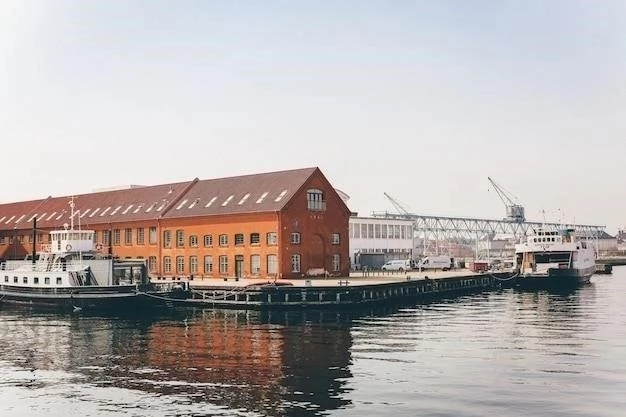
Artistic and Cultural Resistance
Red Hook’s artistic community, while a contributing factor to the neighborhood’s gentrification, also played a significant role in shaping a narrative of cultural resistance that aimed to preserve the area’s unique identity and advocate for inclusivity. Artists, often priced out of other neighborhoods, recognized the inherent value of Red Hook’s industrial aesthetic and sought to celebrate rather than erase its working-class roots. Through murals, sculptures, and performance art, they transformed public spaces into canvases that reflected the neighborhood’s history, struggles, and aspirations.
Cultural organizations and events emerged as vital platforms for amplifying marginalized voices and fostering a sense of community amidst demographic shifts. Local galleries showcased the work of both established and emerging artists, many of whom drew inspiration from Red Hook’s industrial landscape and the resilience of its longtime residents. Music venues, performance spaces, and community festivals provided platforms for celebrating the neighborhood’s cultural diversity and fostering dialogue across socioeconomic divides. This artistic and cultural resistance underscored the power of creative expression as a tool for shaping urban narratives and fostering a more just and inclusive city.
Challenges and Opportunities
Red Hook’s ongoing transformation presents a unique set of challenges and opportunities, requiring a delicate balancing act between preserving the neighborhood’s character and fostering equitable growth. One of the most pressing challenges remains the need to ensure affordability and prevent displacement of longtime residents. As property values and rents continue to rise, preserving existing affordable housing stock and developing new units accessible to a range of income levels is crucial. Striking a balance between attracting new businesses and supporting those deeply rooted in the community is also paramount.
Despite these challenges, Red Hook’s revitalization offers significant opportunities for positive change. Investing in infrastructure improvements, particularly transportation options that connect the neighborhood to other parts of the city, would enhance accessibility and economic opportunities for residents. Leveraging the waterfront’s potential as a hub for maritime innovation and sustainable development could generate jobs and solidify Red Hook’s position as a leader in urban resilience. Embracing the neighborhood’s rich history and cultural diversity while fostering inclusivity will be essential for ensuring that Red Hook’s transformation benefits all its residents.
The Future of Red Hook
The future of Red Hook hinges on the delicate interplay between preserving its unique character and embracing inevitable change. Balancing the influx of new residents and businesses with the needs and aspirations of the existing community will be paramount. Encouraging responsible development that prioritizes affordability, inclusivity, and sustainability is crucial for ensuring that Red Hook’s transformation benefits all its inhabitants.
Harnessing the power of community engagement and collaboration will be essential for navigating the challenges and opportunities that lie ahead. Fostering dialogue between longtime residents, newcomers, developers, and city officials can help shape a shared vision for the neighborhood’s future. Investing in infrastructure improvements, expanding transportation options, and supporting local businesses will be vital for creating a more equitable and prosperous Red Hook. As the neighborhood continues to evolve, its ability to retain its authentic charm while embracing innovation and inclusivity will determine its ultimate success.

Balancing Development and Preservation
Red Hook’s ongoing transformation necessitates a thoughtful approach to development that balances economic growth with the preservation of the neighborhood’s unique character and the needs of its diverse community. Adaptive reuse of existing industrial buildings, rather than wholesale demolition, can preserve the area’s architectural heritage while creating new housing, business, and cultural spaces. Incorporating design elements that reflect Red Hook’s maritime and industrial past into new construction can create a sense of continuity and prevent the neighborhood from losing its distinctive identity.
Prioritizing community input in the planning process is crucial for ensuring that development aligns with the values and priorities of longtime residents. Establishing design review boards composed of community members, architects, and urban planners can provide oversight and ensure that new projects complement the existing built environment. Encouraging developers to incorporate affordable housing units into new construction and providing incentives for the rehabilitation of existing affordable housing stock is essential for preventing displacement and maintaining socioeconomic diversity. Balancing development and preservation requires a collaborative approach that respects Red Hook’s past while embracing its future potential.
Maintaining Affordability and Diversity
Maintaining affordability and diversity is paramount to ensuring that Red Hook’s transformation benefits all residents, both longtime and new. Implementing a multifaceted approach that encompasses housing policy, economic development, and community engagement is essential for achieving this goal. Expanding the supply of truly affordable housing units, both through new construction and the preservation of existing units, is crucial for preventing displacement and ensuring that longtime residents can remain in their homes. This requires a combination of city-led initiatives, such as inclusionary zoning policies that mandate affordable housing in new developments, and community-based efforts to acquire and rehabilitate existing buildings for affordable housing purposes.
Supporting local businesses owned by longtime residents is equally important for maintaining economic diversity and preventing displacement. Providing access to capital, technical assistance, and marketing support can help these businesses thrive in a changing market. Encouraging the development of new businesses that cater to the needs of both longtime and new residents can create a more inclusive local economy. Ultimately, maintaining affordability and diversity in Red Hook requires a commitment to equitable development that prioritizes the needs of all residents and fosters a sense of shared prosperity.




